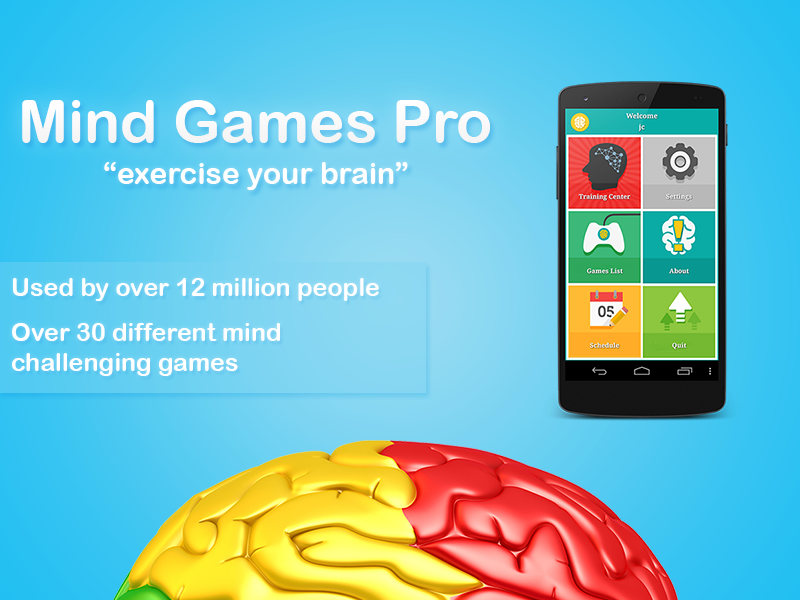What game get paid today – What game gets paid today? In the ever-evolving landscape of the gaming industry, this question has become increasingly pertinent. With the rise of free-to-play models and microtransactions, the lines between paid and unpaid gaming experiences have blurred, creating a complex and multifaceted market.
This guide delves into the intricacies of paid gaming, exploring the popular games that offer paid features, the revenue models employed by developers, and the impact of paid features on gameplay and player perspectives. By shedding light on these aspects, we aim to provide a comprehensive understanding of the current state and future trends in the paid gaming market.
Popular Games with Paid Features
Many popular games today offer paid features or microtransactions to enhance the gaming experience. These paid features can range from in-game purchases of items or upgrades to subscriptions for premium content and season passes for access to exclusive content and rewards.
Types of Paid Features
- In-game purchases:These are one-time purchases made within the game, typically for items or upgrades that enhance the player’s experience, such as new weapons, characters, or cosmetic items.
- Subscriptions:These are recurring payments that provide access to premium content and features, such as exclusive servers, early access to new content, and ad-free gameplay.
- Season passes:These are bundles of content that grant access to a series of updates or expansions over time, often at a discounted price compared to purchasing the content individually.
Revenue Models for Paid Games
Game developers employ a variety of revenue models to monetize paid games. These models determine how players access and pay for the game’s content and features.
One common revenue model is the one-time purchasemodel, where players pay a fixed price upfront to access the full game. This model is often used for premium games that offer a complete experience without additional purchases.
Another popular model is the subscription-basedmodel, where players pay a recurring fee to access the game and its content. This model is often used for games that provide ongoing updates and new content, such as massively multiplayer online games (MMOs).
The microtransactionmodel allows players to make small, in-game purchases to enhance their gameplay experience. These purchases can include cosmetic items, power-ups, or access to additional content. Microtransactions are often used in free-to-play games to generate revenue.
The loot boxmodel involves selling randomized rewards to players. These rewards can contain items that enhance gameplay, such as weapons, characters, or abilities. Loot boxes are often controversial, as they can be seen as a form of gambling.
The battle passmodel is a seasonal subscription that grants players access to exclusive rewards and challenges. Battle passes often have multiple tiers, with higher tiers offering more valuable rewards. This model is often used in free-to-play games to encourage player engagement.
The choice of revenue model depends on the game’s design, target audience, and developer’s goals. Successful games have implemented different revenue models, such as:
- Grand Theft Auto V(one-time purchase)
- World of Warcraft(subscription-based)
- Fortnite(microtransactions)
- Apex Legends(loot boxes)
- Call of Duty: Warzone(battle pass)
Impact of Paid Features on Gameplay

Paid features in games can significantly impact gameplay, offering both potential benefits and drawbacks. Let’s explore how these features can enhance or potentially detract from the player experience.
If you’re looking to earn some extra cash, you might be wondering what game gets paid today. While there are many options out there, one way to make money online is by creating a website. You can use a website to share your thoughts, experiences, or products, and you can earn money through advertising, affiliate marketing, or other methods.
If you’re interested in creating a website, there are many resources available to help you get started, including this guide. Once you’ve created a website, you can start promoting it to attract visitors and earn money.
Paid features can enhance gameplay by providing additional content, such as new levels, characters, or items. This can extend the game’s lifespan and offer more variety and challenge to players. Additionally, paid features can offer convenience or time-saving options, such as instant access to higher levels or special abilities.
These features can cater to players who may not have the time or patience to grind through the game’s progression system.
Positive Impact
- Extend game lifespan and provide more content
- Offer additional variety and challenge
- Provide convenience and time-saving options
However, paid features can also have negative consequences for gameplay. Some games may rely heavily on paid features to progress, creating a pay-to-win scenario where players who spend more money have an unfair advantage over others. This can lead to frustration and a diminished sense of accomplishment for players who do not wish to spend money.
Negative Impact, What game get paid today
- Create a pay-to-win scenario
- Diminish the sense of accomplishment
- Encourage excessive spending
Furthermore, paid features can encourage excessive spending, as players may feel pressured to purchase additional content to stay competitive or keep up with other players. This can be particularly concerning for younger players who may not fully understand the financial implications of in-game purchases.
Player Perspectives on Paid Games
Players’ perspectives on paid games are diverse and influenced by various factors. Understanding these perspectives is crucial for developers to create games that meet players’ expectations and maximize revenue.
While there are various ways to earn money from gaming, did you know that you can also create free mobile websites and earn money? Check out this article to learn how. Once you’ve got your website up and running, you can promote your favorite games and earn a commission on every sale.
So, not only can you get paid to play games, but you can also earn money by helping others discover new games they’ll love.
Factors Influencing Spending Decisions
Several factors influence players’ decisions to spend money on paid features in games:
- Value for Money:Players want to perceive that the paid features offer significant value and enhance their gaming experience.
- Gameplay Enhancement:Paid features that improve gameplay, such as new levels, characters, or abilities, are more likely to attract spending.
- Exclusive Content:Exclusive items or experiences that are only available through paid features can entice players who seek a sense of exclusivity.
- Time and Convenience:Paid features that save players time or provide convenience, such as skipping grinding or unlocking new areas, can appeal to players with limited time.
- Social Status:In multiplayer games, paid features that enhance a player’s social status or recognition can motivate spending.
Future Trends in Paid Gaming
The paid gaming market is constantly evolving, and the future holds many exciting possibilities. Advancements in technology and changing player preferences are shaping the industry in new and innovative ways.
Cloud Gaming
Cloud gaming is a rapidly growing trend that allows players to access games on demand without the need for expensive hardware. This is making it possible for more people to enjoy paid games, and it is also opening up new possibilities for game developers.
Free-to-Play Games
Free-to-play games are becoming increasingly popular, especially on mobile devices. These games are typically free to download and play, but they offer players the option to purchase in-game items to enhance their experience. This model has been very successful for some developers, and it is likely to continue to grow in popularity in the future.
Virtual Reality and Augmented Reality
Virtual reality (VR) and augmented reality (AR) are two emerging technologies that have the potential to revolutionize the gaming industry. VR headsets allow players to immerse themselves in virtual worlds, while AR overlays digital information onto the real world. These technologies are still in their early stages, but they have the potential to create new and exciting gaming experiences.
Social Gaming
Social gaming is another growing trend in the paid gaming market. These games are designed to be played with friends and family, and they often feature social features such as chat and voice communication. Social gaming is a great way to connect with others and have fun, and it is likely to continue to grow in popularity in the future.
Artificial Intelligence
Artificial intelligence (AI) is also having a major impact on the gaming industry. AI is being used to create more intelligent and challenging enemies, and it is also being used to develop new game mechanics. AI is still in its early stages of development, but it has the potential to revolutionize the way games are played.
Epilogue: What Game Get Paid Today
As the gaming industry continues to evolve, paid games will undoubtedly remain a significant force, adapting to the changing technological landscape and player preferences. By understanding the current trends and dynamics of paid gaming, we can better navigate the future of this ever-expanding and captivating realm.




